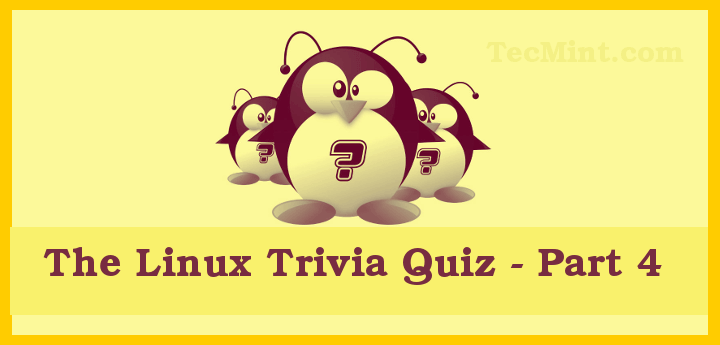
This is the second post of Test Yourself Series. Test Yourself is aimed at putting you in the process of learning in better and interactive way. Take the Test and know where you are.
Post your Answers in Comment Section along with Name and Email ID. The format would be posting Answers like this:
Answer: 1(a), 2(d), 3(c), 4(b), 5(a), 6(d), 7(c), 8(a), 9(b), 10(b), 11(b), 12(d), 13(c), 14(d), 15 (a)
Based upon Lucky Contest We will Post the Name and Photo of the WINNER on our homepage, who gets maximum right answer. This contest is open till Saturday August 31st, 2013, 1:00 PM IST. Hurry Up! Get Famous through us.
Please attention, WINNER will be announced on Monday 2nd September 2013. Make sure you add correct Name and Email ID when you enter answers. Which will help us to contact you via email.
Note: It is recommended to write at least one Line in support of your answer (why do you think, that particular option is the correct answer?), so that we are assured that you just have not Copied the answer from somewhere.
Announcement : The Contest “Test Yourself – Quiz 2” is closed, the WINNER of this contest is:
We have selected the Winner based on the maximum correct answer with satisfactory explanation to each question. Click on Winner Name to see her answers.
Correct Answers
1(c), 2(d), 3(b), 4(c), 5(b), 6(c), 7(a), 8(b), 9(d), 10(a), 11(d), 12(a), 13(c), 14(c), 15(a)
Test Yourself Quiz 2
Q1: ________ command is used to count the total number of lines, words and character in a file?
- countw
- wcount
- wc
- count p
- None of the above
Q2: _______ command is used to remove the directory?
- rdir
- remove
- rd
- rmdir
- None of the above
Q3: ________ command is used to remove files?
- dm
- rm
- delete
- erase
- None of the above
Q4: _______ hardware architectures are not supported by Red Hat?
- SPARC
- IBM-compatible
- Macintosh
- Alpha
- None of the above
Q5: http://127.0.0.1 is the address of
- ISP (Internet Service Provider)
- Own Machine
- windows
- Linux
- None of the above
Q6: Macintosh is a variant of
- Linux
- Windows
- Unix
- Apple
- Steve Jobs
Q7: Which of the following is not a communication command?
- grep
- mesg
- write
- None of the above
Q8: What command is used to add printing jobs to the queue?
- lpd
- lpr
- lpq
- lpc
- None of the above
Q9: #!/bin/bash is commonly called as
- shebang
- hashbang
- Script Initialiser
- (a) and (b) is correct
- None of the Above
Q10: What does GNU stands for?
- Gnu’s not Unix
- Geek Needed Unix
- General Unix
- General Unix
- None of the Above
Q11: ______ command is used to list contents of directories?
- tar
- dir
- lp
- ls
- None of the above
Q12: Which of the following is a command in Linux?
- w
- x
- t
- All of the Above
- None of the Above
Q13: ______ command is used to remove jobs from the print queue?
- lpq
- lpr
- lprm
- lpc
- None of the above
Q14: _________ makes it possible to run Windows and Linux Kernel simultaneously in parallel on the same machine.
- Virtualbox
- Vmware
- Cooperative Linux (coLinux)
- LAN
- None of the Above
15. _____ is the world’s largest non-commercial Linux distribution
- Debian
- Ubuntu
- Fedora
- Mint
- Slackware



